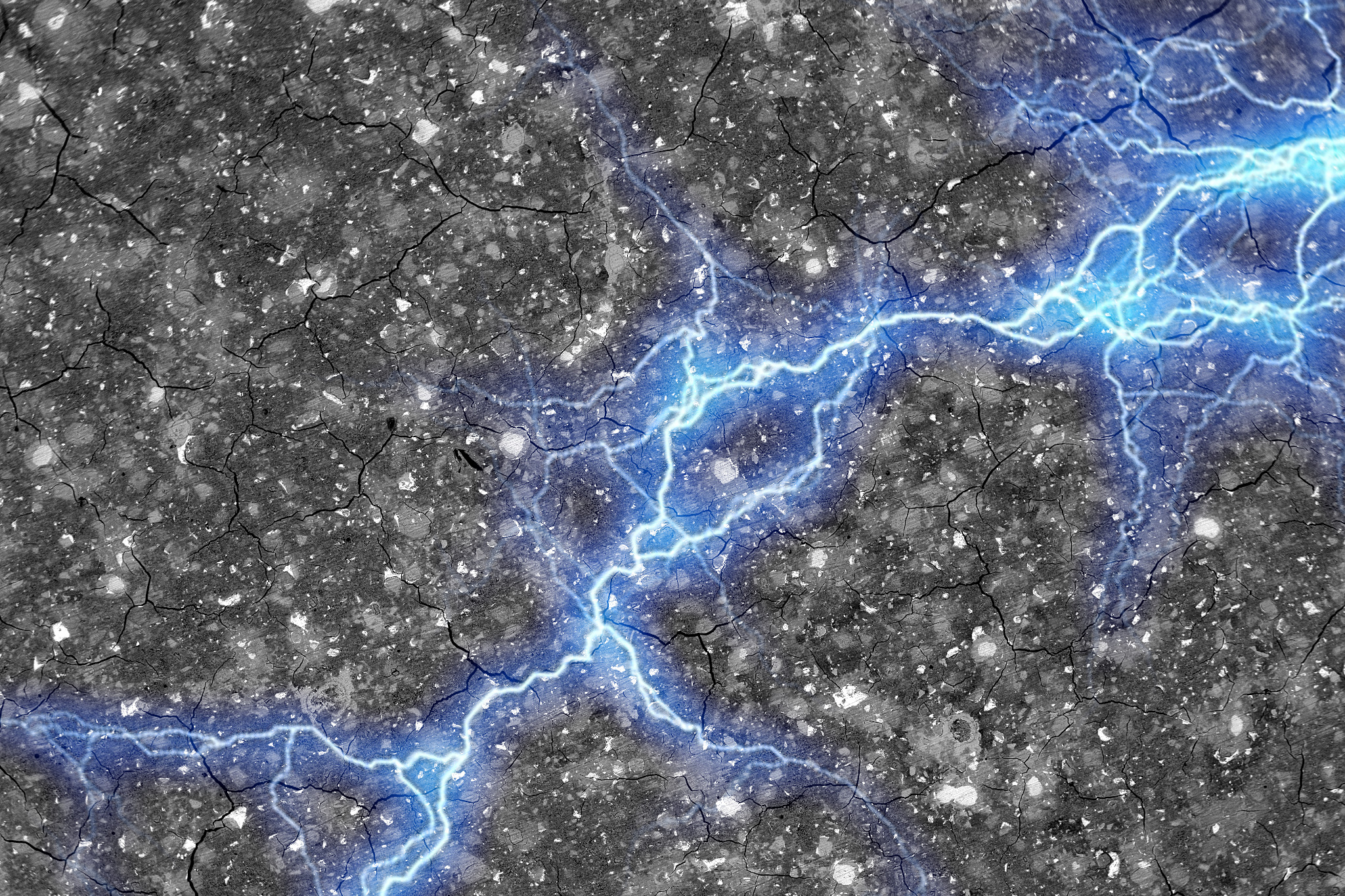MIT engineers created a carbon-cement supercapacitor that can store large amounts of energy. Made of just cement, water, and carbon black, the device could form the basis for inexpensive systems that store intermittently renewable energy, such as solar or wind energy.



MIT researchers have created a new type of energy storage device called a “supercapacitor” using common, inexpensive materials - cement, carbon black, and water.
A supercapacitor is like a battery that can store and deliver energy. This new supercapacitor made of cement and carbon black mixed with water can store significant amounts of electrical energy.
The key is that when carbon black is mixed with cement and water, it forms wire-like structures within the hardened cement. This gives the cement a very large surface area to store electrical charge. The cement-carbon mixture is soaked in an electrolyte salt solution to provide the charged particles.
Two conductive plates made of this cement-carbon material can store energy like a battery. The materials - cement, carbon black, and water - are abundant and inexpensive. A block of this material 45 cubic meters in size could store enough energy to power a household daily.
This new energy storage technology could be useful for storing energy from renewable sources like solar and wind which are intermittent. Applications could include building foundations, roadways, vehicles, and off-grid homes.
The cement retains strength for structure while storing energy. Since the materials are widely available, this technology could provide low-cost energy storage worldwide. The team plans to scale up the supercapacitor’s size for real-world testing.